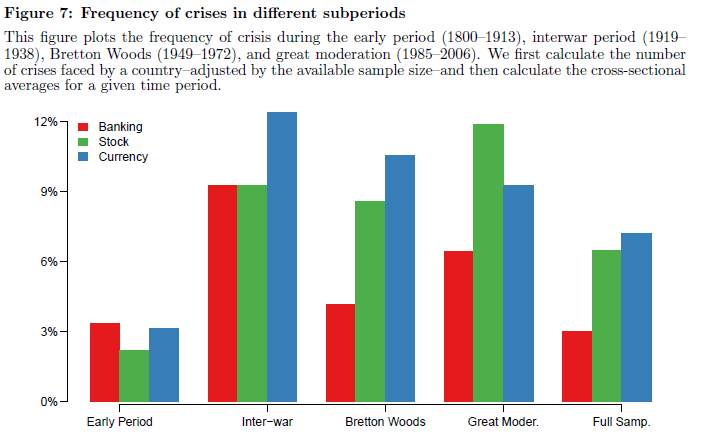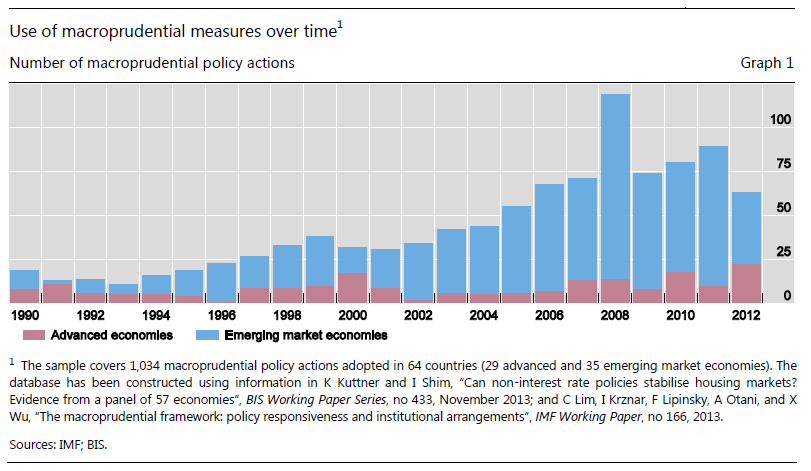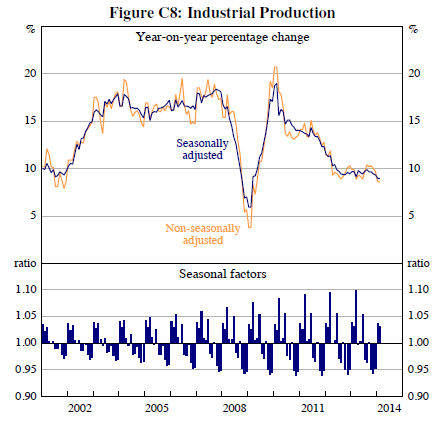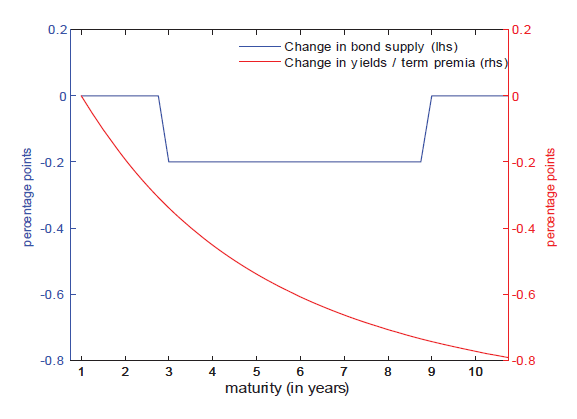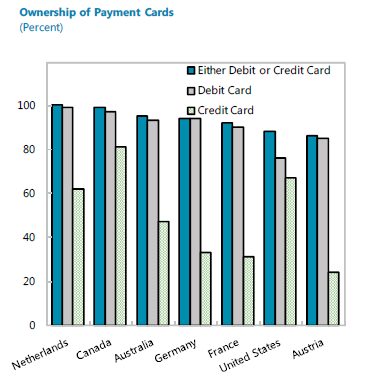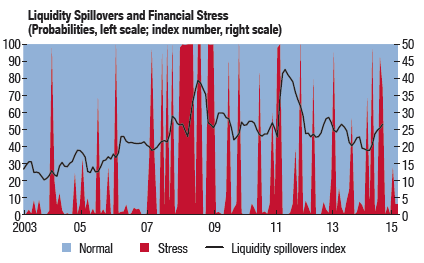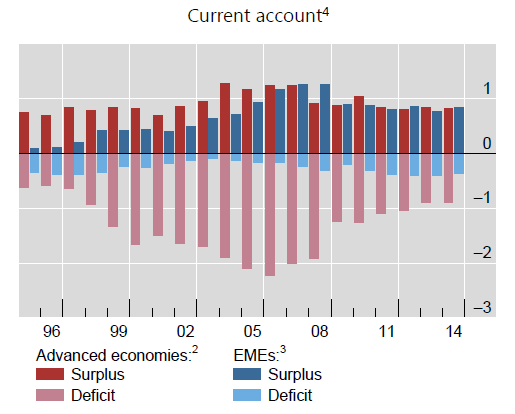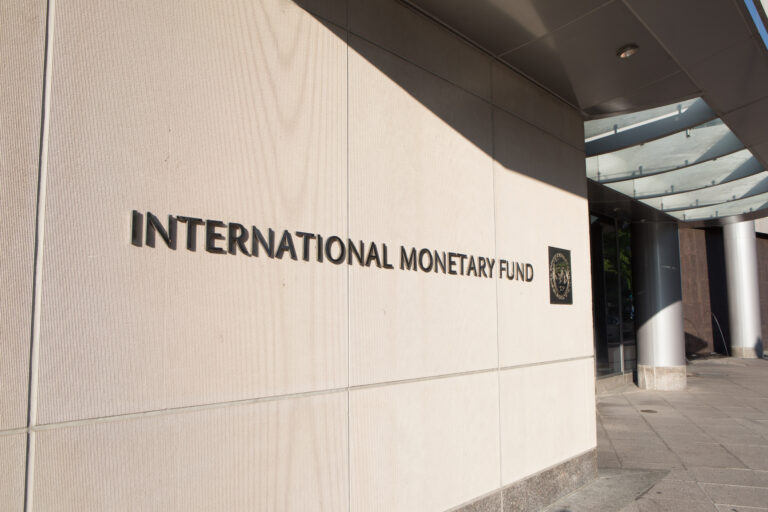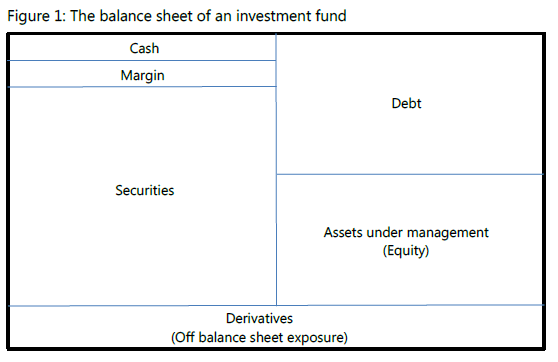A long-term empirical study finds two fundamental links between market volatility and financial crises. First, protracted low price volatility leads to a build-up of leverage and risk, making the financial system vulnerable in the medium term (Minsky hypothesis). Second, above-trend volatility indicates (and causes) high uncertainty, impairing investment decisions and raising the near-term crisis risk.
The role of macroprudential policy
Macroprudential measures are often seen as a counterweight to ultra-easy monetary policy in the developed world. BIS research cautions against this expectation. Macroprudential policies are largely new and untested, have worked best as a complement (not offset) to monetary policy, and focus on specific sectors, such as banking and housing.
Tracking trends in EM economies
Two recent papers provide useful techniques for “nowcasting” EM economies. The first uses “dynamic factor models” with high frequency indicators to estimate GDP growth in countries with scant and noisy data. The second uses seasonal adjustment with modifications for time-varying holidays that can track underlying trends in China and other countries with lunar year and Islamic holidays.
The impact of the ECB asset purchase programme
ECB research suggests that its 2015 asset purchase programme significantly compressed term and credit spreads. Unlike previous asset purchases, it did not tackle financial distress. It functioned mainly through the broad compression of risk premia and spill-over to non-targeted assets.
The short-term effects of U.S. economic data releases
A two-decade empirical study shows that bond and equity market prices are more likely to “jump” on days with U.S. economic data releases. In particular, surprises in news announcements tend to lead to higher volatility and larger price moves. The impact of key data surprises on bond markets seems clearer and simpler. The impact on equity markets depends on the state of the business cycle
How nominal interest rates can become deeply negative
A recent IMF paper suggests that sizeable negative policy rates could be implemented in developed economies. The key would be a variable deposit fee at the central bank cash window that can enforce value decay of paper currency relative to electronic money. Despite legal and economic issues, the proposal is disconcertingly practical in light of the expansion of electronic payments. Its mere consideration would be a tail risk for fixed income markets.
The growing concerns over market liquidity
Market liquidity accommodates securities transactions in size and at low cost. When it fails the information value of market quotes is compromised, potentially triggering feedback loops, margin calls and fire sales. With shrinking market making capacity at banks, the fragility of liquidity in both developed and emerging markets has probably increased. The rise of larger and more pro-cyclical buy-side institutions seems to enhance this vulnerability.
How current accounts mislead FX markets
A common fallacy is that current account deficits measure dependence on external financing. In reality, external balances and cross border financing are only vaguely related. Vulnerability to “stops” in financial flows does not depend on trade and capital flows (“net concept”) but only on the volume and origin of financing (“gross concept”). Currency crises are not about current accounts that need to adjust, but about funding gaps that need to be closed.
A mini briefing on global public finance trends
According to IMF estimates the structural government deficit in the developed world has returned to its pre-crisis level. This reflects cumulative fiscal tightening of over 4% of GDP since 2010. Government debt ratios remain elevated, however, at close to 105% of GDP, some 33%-points above pre-crisis levels, leaving public finances more sensitive to real interest rates. Emerging market fiscal indicators continue deteriorating.
Leverage in asset management
Asset managers can use leverage to enhance returns. Outside hedge funds, such leverage is modest as share of assets under management. However, considering the huge volume of assets, changes in buy-side leverage still have a significant impact on financial conditions, particularly in emerging markets. Also, both theory and empirical evidence suggest that leverage is pro-cyclical.

